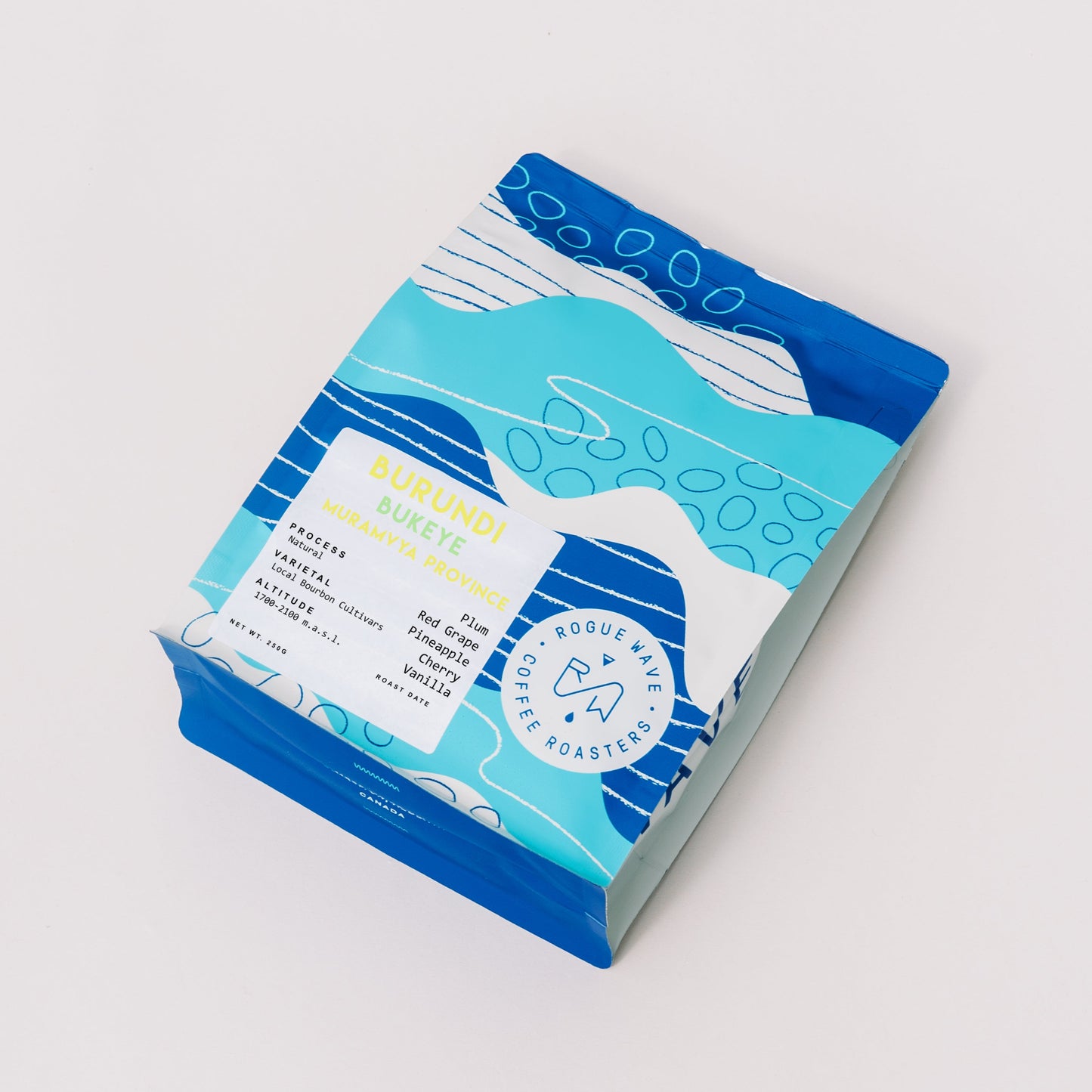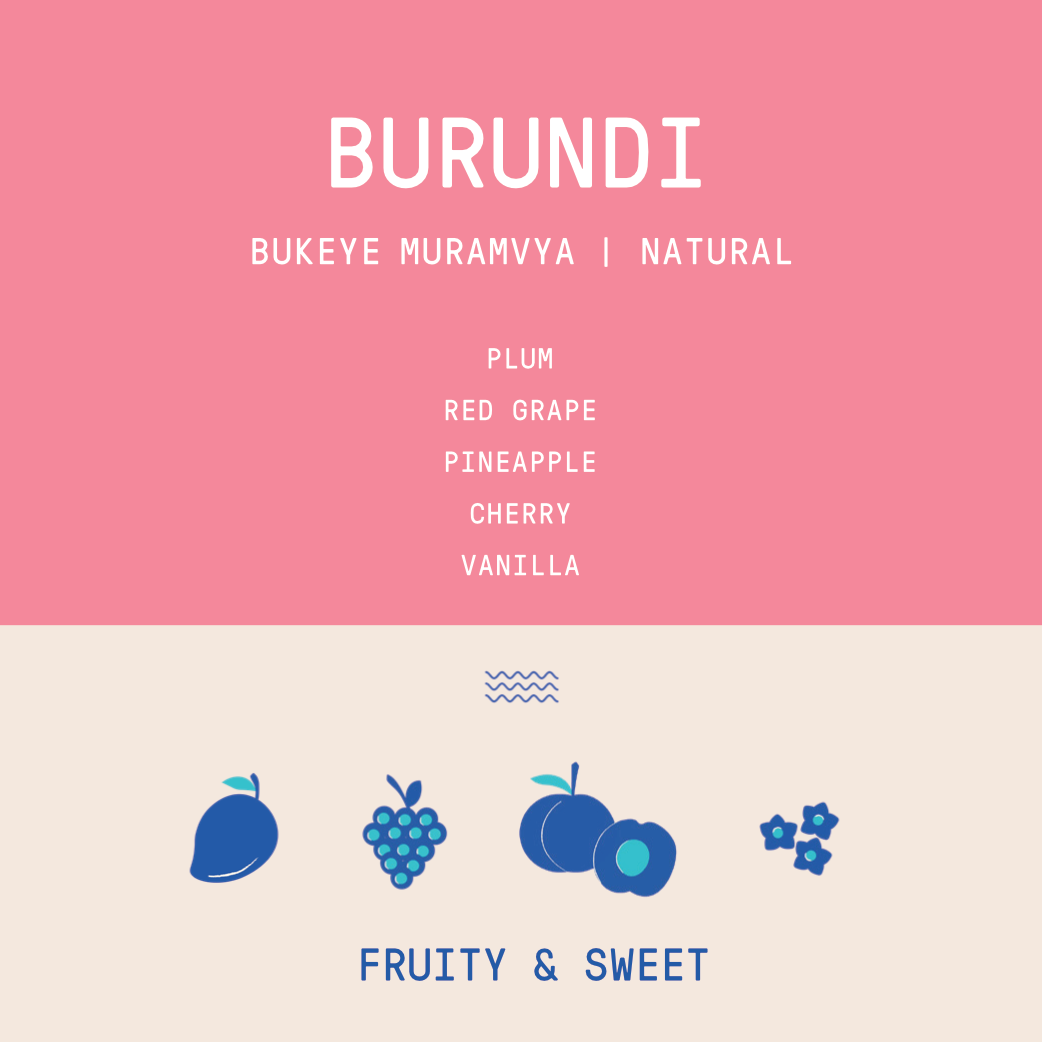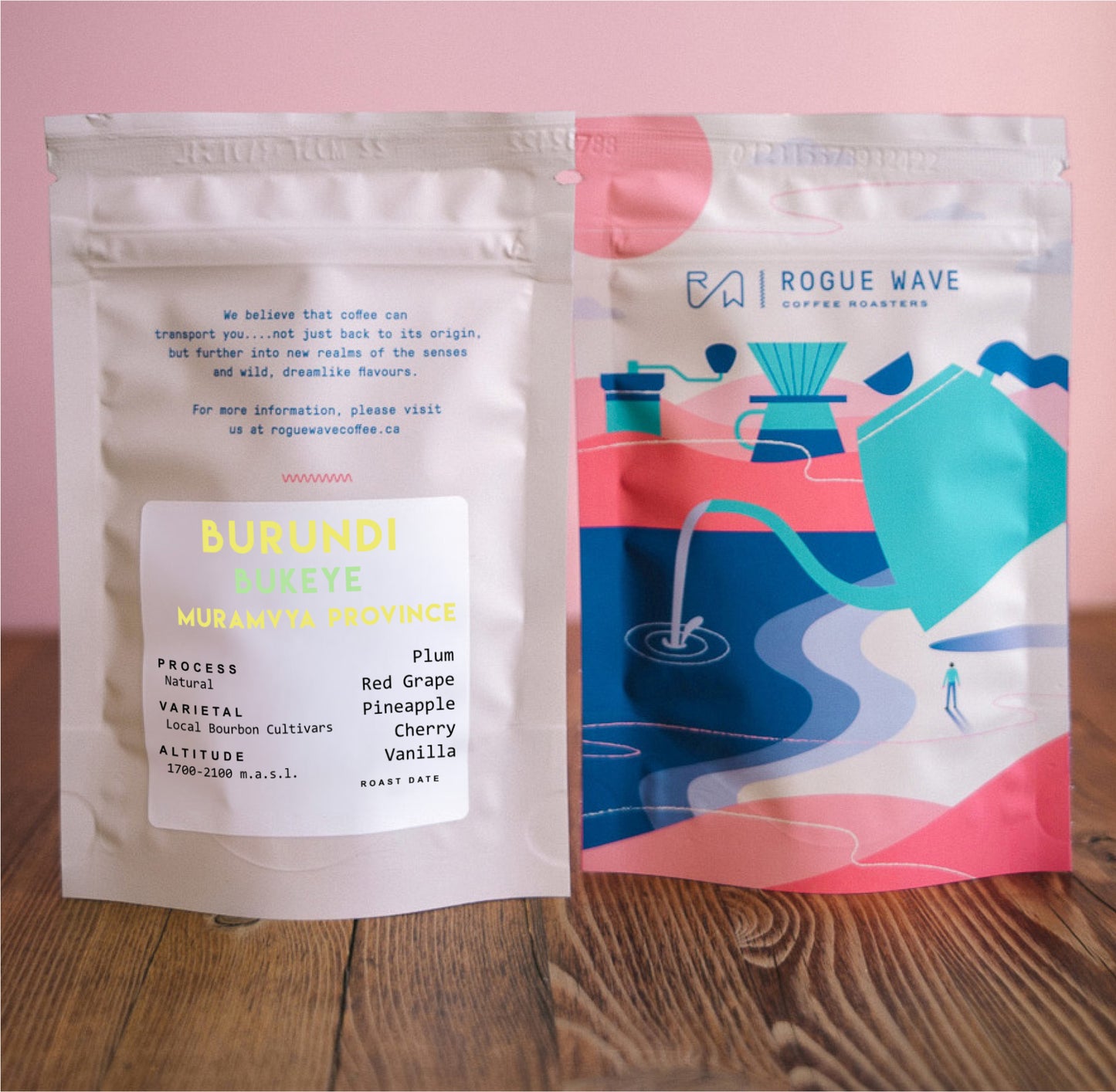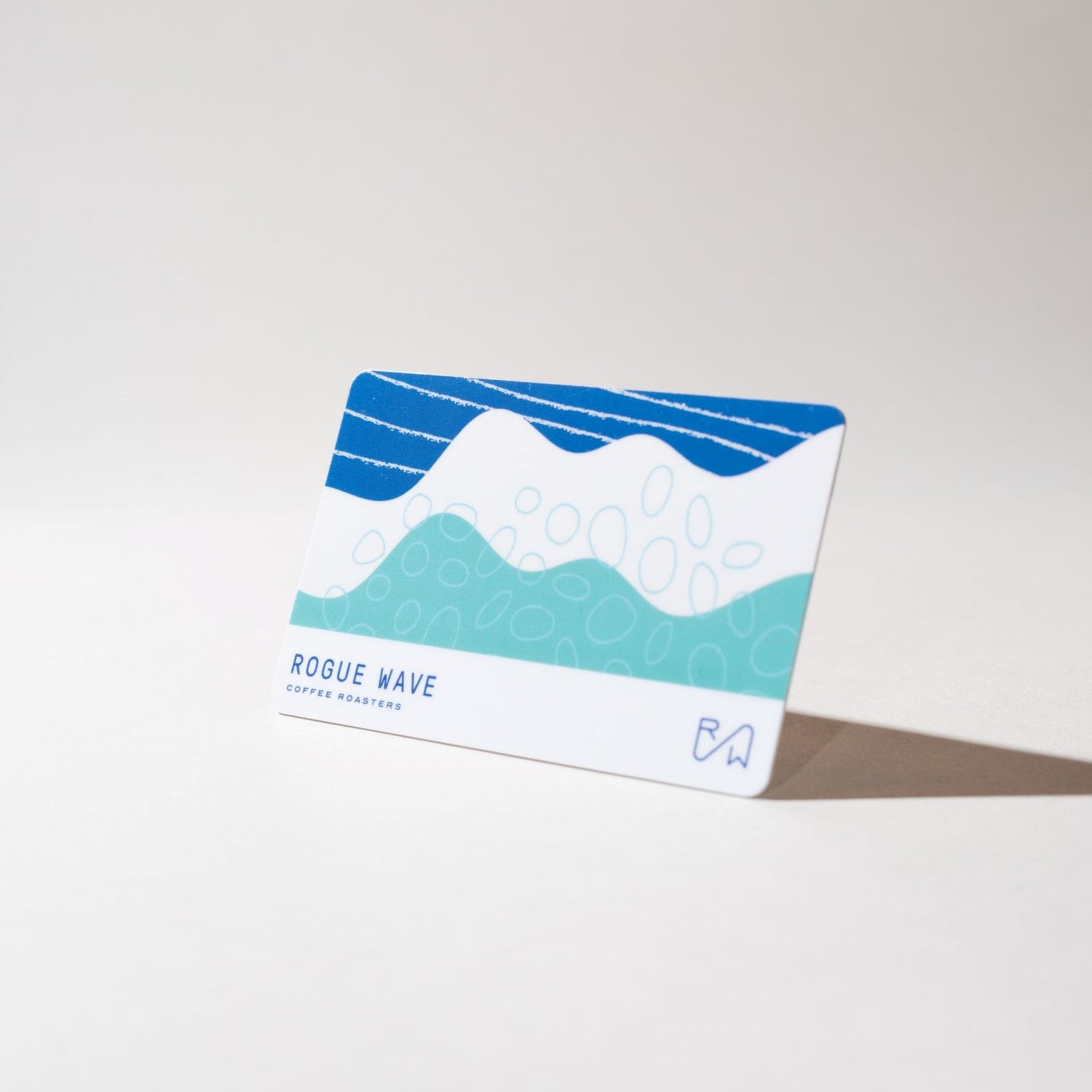Bukeye Coffee Washing Station is the first processing site built by Long Miles Coffee Project (LMCP) in 2013. Originally starting with only 182 nearby families, the station’s small concrete tanks were sculpted, drying beds were thatched together, and a bore hole was made deep into the ground as a source of fresh water. 12 years later the station is still modest in size and appearance, but it accommodates coffee from over 1,700 families across 15 local “hills” in the surrounding area. Instead of 10 seasonal employees, it now has 200, and an additional permanent staff of 31. It produces hundreds of small, individual, lots of coffee every harvest.
Cherry from Munyinya farmers is floated and hand-sorted for maximum ripeness upon delivery to Bukeye. The best overall cherry is accepted for natural processing and is moved to shaded drying beds to allow residual surface water to evaporate, during which it is hand-sorted for any insect damage and visual imperfections.
Skin-dry cherry is then moved again to the larger beds with no shade to dry completely in the sun, a process that typically takes 4 or more weeks to complete. Occasionally cherry is piled into small pyramids to keep the total temperature lower than the surrounding air, and maintain a slow and even dehydration process.
Once drying is complete, cherry is moved to storage for a rest period, after which it can be assessed for quality and blended with other day lots or marketed on its own.
Great naturals from Burundi are far less rare now compared to just 10 years ago, when “natural” was most often synonymous with “undergrades”. In Burundi’s chilly and mountainous highland climates, producing naturals is a painstaking process. It requires space, time, and constant attention to prevent overfermentation. But when it’s done with enough labor and know-how, the results are incredible.
It is common for processors in Burundi to use the consistently dense and steep, hilly landscape as a natural organizational tool for their supplying farmers. They buy cherry from one single geographical peak at a time, or using the term “hill” to refer to a micro-geography of coffee farmers. Munyinya, a widespread community consisting of multiple actual hills and hundreds of farmers, is one of the contributing “hills” to Bukeye and one of its most prominent for quality.
Every detail of Bukeye (bu-KAY-yay) washing station was designed with microlots in mind. Fermentation tanks are small, drying beds are multi-level with varying degrees of shade, and there are salaried processing managers on site. If you wanted to deconstruct a microregion’s coffee for maximum quality discovery, this is the kind of DIY place you would build.
Now, after more than 10 years of iterative processing, Bukeye is a kind of grandfather model to many other washing stations in the highlands, having proved that the world is genuinely interested in what farmers here can accomplish with their cherry.










